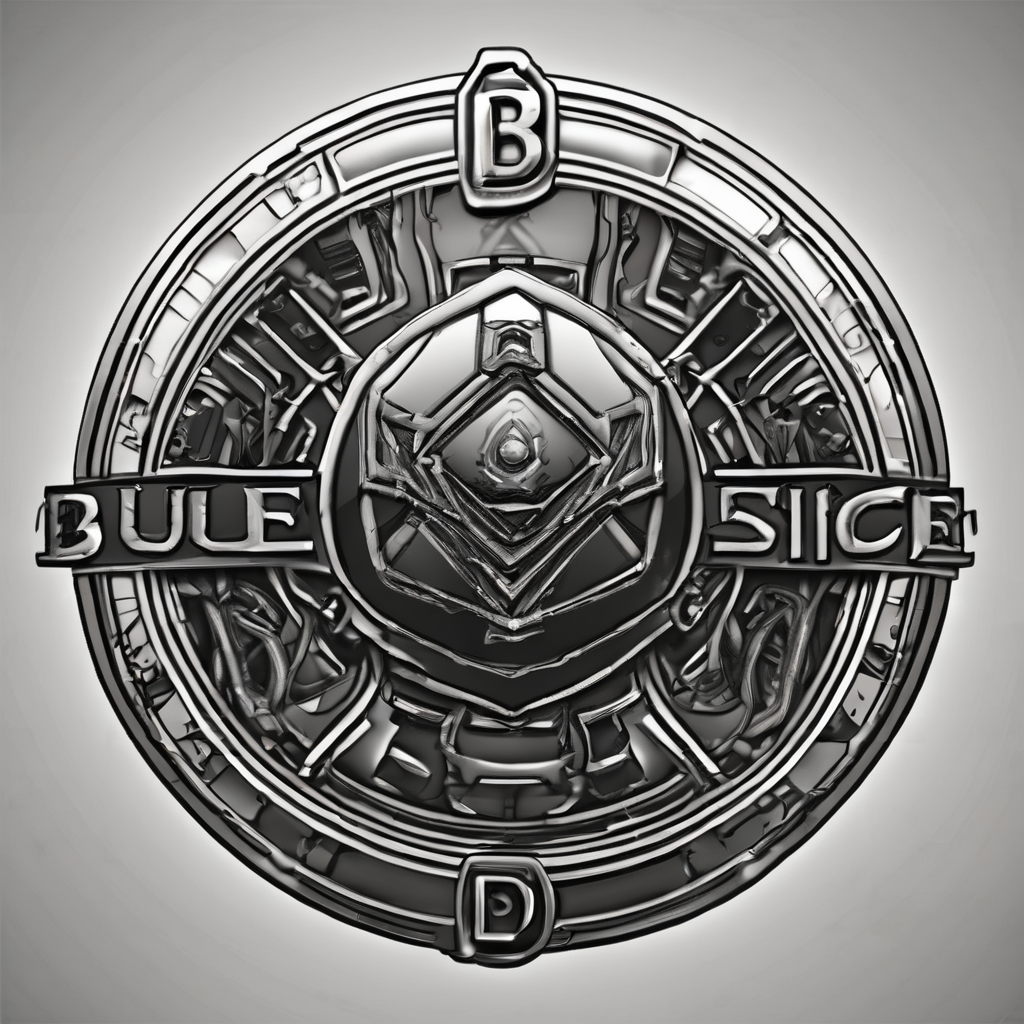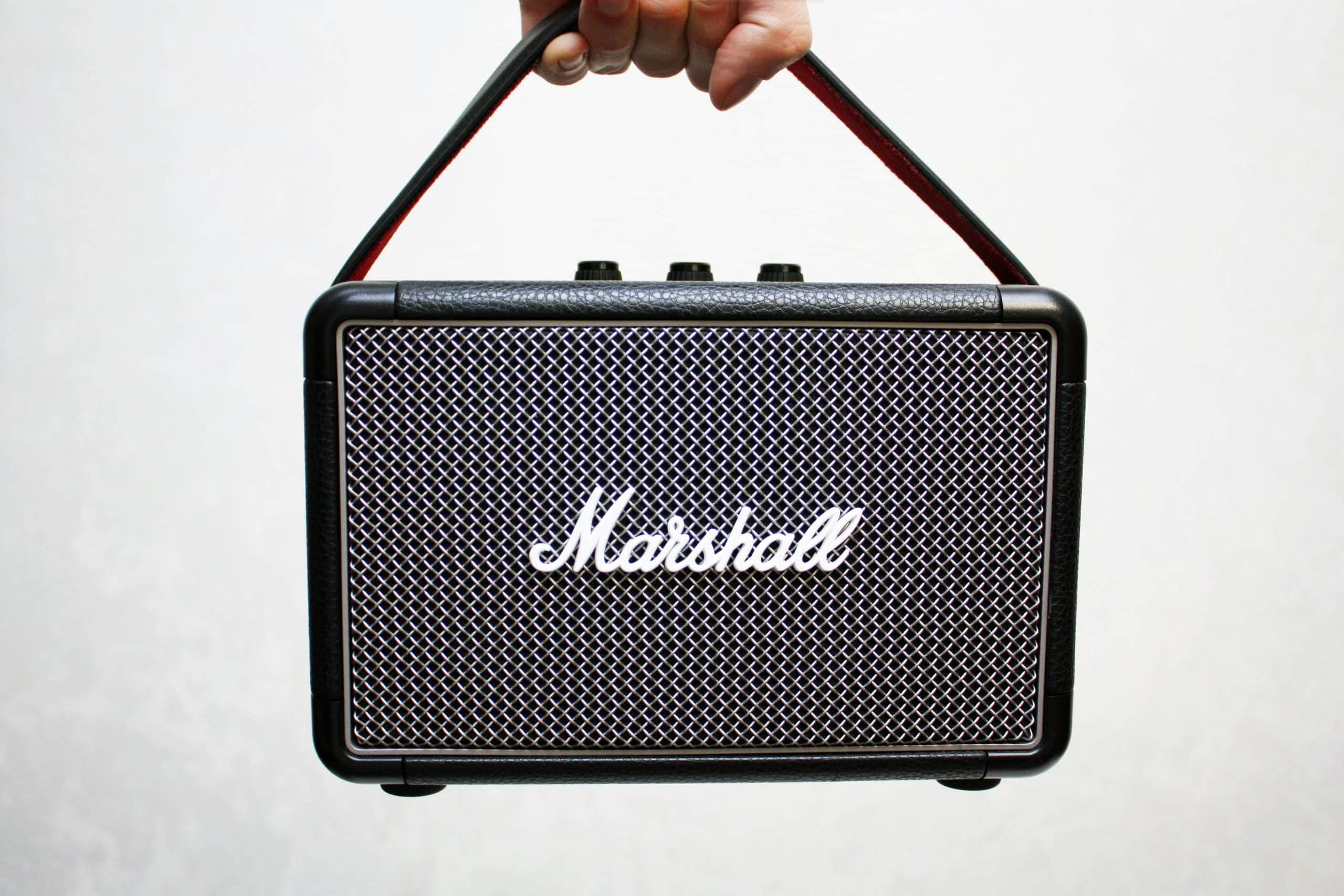In the realm of custom-built PCs, achieving optimal audio quality is a pursuit many enthusiasts chase. The sound quality of your system can be influenced by multiple factors, including the choice of sound cards, external DACs (Digital-to-Analog Converters), and amplifiers. This article will guide you through the essential steps to ensure that your custom-built PC delivers superior audio performance.
Understanding the Basics of Sound Cards and External DACs
When it comes to improving audio quality on your custom-built PC, understanding the role of sound cards and external DACs is crucial. Sound cards, like those from the popular Sound Blaster series, have been the traditional go-to solutions. These internal cards enhance the audio quality by providing better digital audio processing capabilities than standard motherboard sound solutions.
A découvrir également : How can you optimize an Acer Nitro 5 for rendering and exporting large video projects?
However, with advancements in technology, external DACs have gained popularity. An external DAC converts digital audio signals into analog, providing a cleaner and more precise sound. By connecting via the USB port, an external DAC ensures that audio signals bypass the noisy electrical environment inside the PC, resulting in reduced background noise and improved audio quality.
Benefits of External DACs over Traditional Sound Cards
External DACs offer several advantages over traditional sound cards. These devices are designed to provide a higher sound quality by reducing interference and delivering cleaner signals. Unlike internal sound cards that are susceptible to electrical noise from other components, external DACs operate outside the computer case, thus eliminating much of the potential interference.
A lire en complément : How can you set up a secure and efficient file sharing system using a Raspberry Pi and Samba?
Moreover, external DACs often come with additional features like built-in DAC amps, which further enhance audio playback by powering high-impedance headphones and improving overall audio quality. The convenience of connecting through USB cables and the flexibility in placement make external DACs a superior choice for audiophiles and gamers alike.
Choosing the Right External DAC and Amplifier
Selecting the right external DAC and amplifier is essential for achieving the best audio quality on your custom-built PC. With a plethora of options available, it’s important to consider factors such as compatibility, power requirements, and multi-channel support.
Compatibility and Connectivity
When choosing an external DAC, ensure it’s compatible with your operating system and has the necessary drivers. Most modern DACs support a wide range of systems, but it’s always good to double-check. Connectivity is another crucial factor. Look for DACs that connect via USB ports, as these are the most common and provide reliable power supply and data transfer.
Additionally, consider DACs with multiple input options if you plan to use them with other devices. Some DACs come with optical and coaxial inputs, allowing you to connect gaming consoles, Blu-ray players, and other digital audio sources.
Power Supply and Amplification
Power supply plays a significant role in the performance of your DAC and amplifier. External DACs can be powered through USB or an external power adapter. While USB-powered DACs are convenient, those with dedicated power supplies often deliver better performance by ensuring a stable and clean power source.
Moreover, if you are using high-impedance headphones or demanding speakers, an external amplifier or DAC amp is necessary. These amplifiers provide the additional power required to drive these devices efficiently, enhancing the sound quality and making surround sound experiences more immersive.
Multi-Channel Audio and Surround Sound
For those looking to create an immersive audio setup, multi-channel support is crucial. External DACs and amplifiers with support for multi-channel audio enable surround sound setups, which are ideal for gaming and home theater experiences. Look for products that support popular surround sound formats, ensuring comprehensive audio immersion.
Setting Up Your External DAC and Amplifier
Setting up your external DAC and amplifier correctly is key to achieving optimal audio quality. This process involves connecting the DAC to your PC, configuring the system settings, and ensuring proper power supply and cables are used.
Connecting the DAC to Your PC
Start by connecting your external DAC to the USB port of your custom-built PC. Ensure that the USB cable is of high quality to avoid signal degradation. Some DACs may require drivers to be installed; follow the manufacturer’s instructions for a smooth setup.
Next, connect your speakers or headphones to the DAC or amplifier. Use high-quality cables to maintain the integrity of your audio signals. For those using multi-channel setups, make sure to connect each speaker to its designated output.
Configuring System Settings
Once your hardware is connected, configure your system settings to ensure optimal performance. Access your operating system’s sound settings and select the external DAC as the primary audio output device. Adjust the sample rate and bit depth settings to match the capabilities of your DAC for the best audio quality.
Additionally, disable any onboard sound cards to prevent conflicts and reduce background noise. This can typically be done through the BIOS settings or device manager on your PC.
Ensuring Proper Power Supply and Cable Management
Proper power supply is essential for consistent performance. If your DAC or amplifier uses an external power adapter, ensure it’s connected to a stable power source. For USB-powered devices, use a dedicated USB port directly on your motherboard to avoid power fluctuations.
Cable management also plays a crucial role. Keep audio cables away from power cables to minimize electrical interference. Use noise cancellation techniques by employing shielded cables and ferrite beads where necessary.
Maximizing Your Audio Experience
After setting up your external DAC and amplifier, there are additional steps you can take to maximize your audio experience. This includes fine-tuning your system settings, using high-quality audio files, and considering acoustic treatments for your listening environment.
Fine-Tuning System Settings
Beyond the basic configuration, fine-tune your system settings to tailor the audio output to your preferences. Use software equalizers to adjust frequency responses and create a sound profile that suits your taste. Many external DACs come with their own software for advanced audio adjustments.
Experiment with different sample rates and bit depths to find the optimal settings for your equipment. Higher sample rates can improve sound detail, but ensure your DAC and amplifier can handle these settings without distortion.
Using High-Quality Audio Files
The quality of your audio files significantly impacts the overall sound experience. Use high-resolution audio files like FLAC or WAV formats, which provide superior sound compared to compressed formats like MP3. These files preserve more of the original recording details, enhancing your listening experience.
Streaming services that offer high-resolution audio, such as Tidal or Qobuz, are also excellent sources for high-quality music. Ensure your internet connection is stable to prevent buffering issues.
Acoustic Treatments and Speaker Placement
To further enhance audio quality, consider acoustic treatments in your listening environment. Simple measures like adding rugs, curtains, and foam panels can reduce echoes and reflections, providing a clearer sound. Proper placement of speakers and headphones also plays a critical role in achieving the best sound.
Place speakers at ear level and at an equal distance from your listening position to create a balanced soundstage. For surround sound setups, follow the recommended placement guidelines for each speaker type to ensure an immersive audio experience.
Achieving optimal audio quality on a custom-built PC is a multifaceted process that involves selecting the right equipment, proper setup, and fine-tuning your system. By opting for an external DAC and amplifier, you can significantly enhance your audio experience by reducing interference, providing better digital audio conversion, and delivering powerful amplification for speakers and headphones.
Understanding the basics of sound cards and external DACs, choosing the right equipment, and setting up your system correctly are crucial steps. Additionally, maximizing your audio experience through fine-tuning, using high-quality audio files, and considering acoustic treatments can elevate your listening experience to new heights.
Ultimately, whether you’re a gamer, an audiophile, or simply someone who appreciates high-quality sound, following these steps will ensure that your custom-built PC provides the best possible audio performance. Embrace the power of external DACs and amplifiers, and enjoy the superior sound quality that comes with them.

